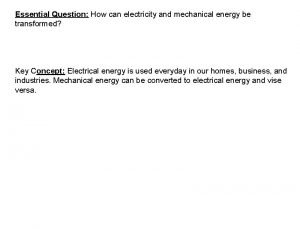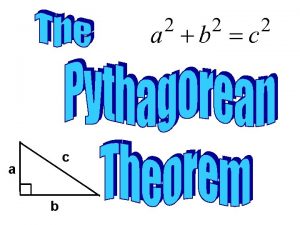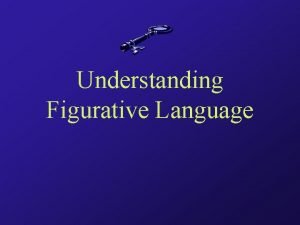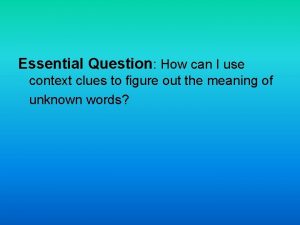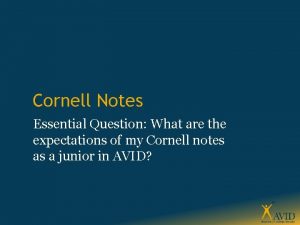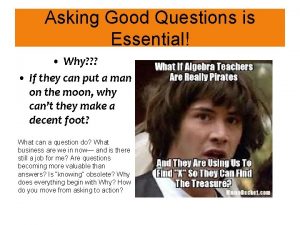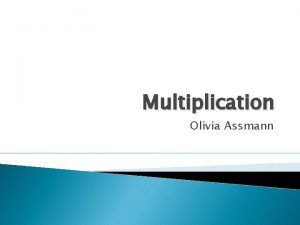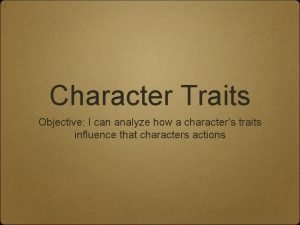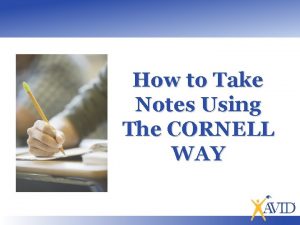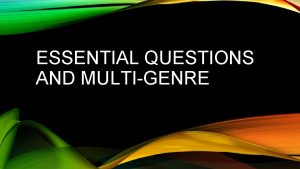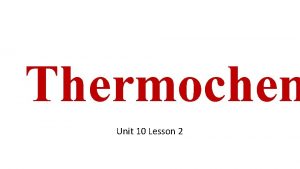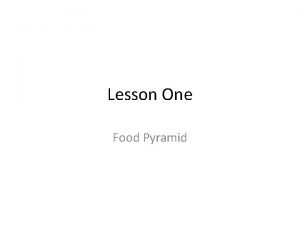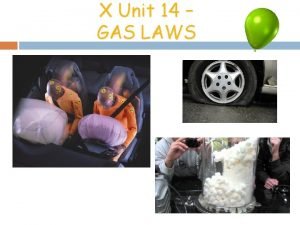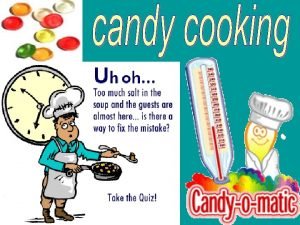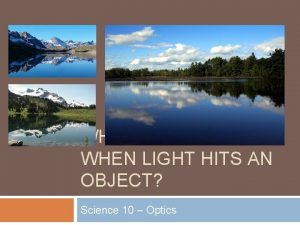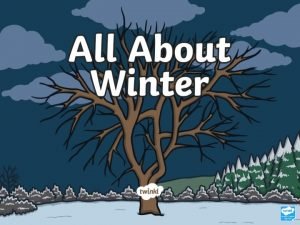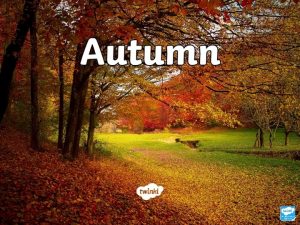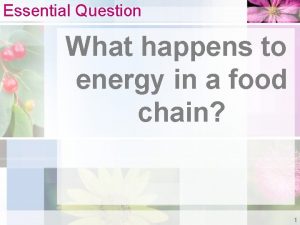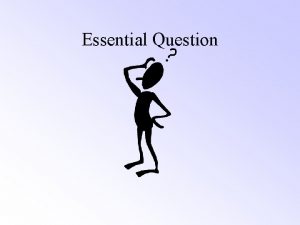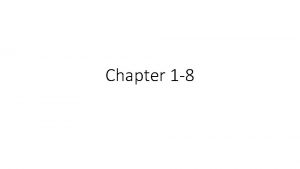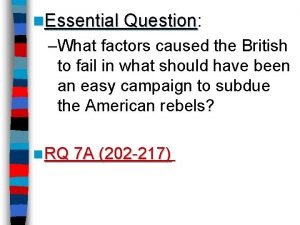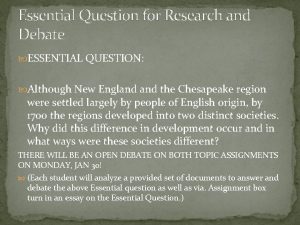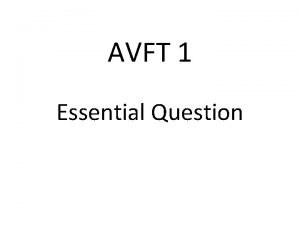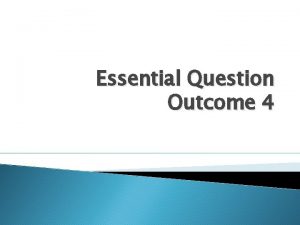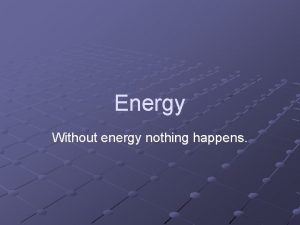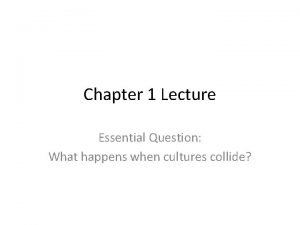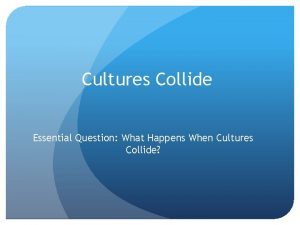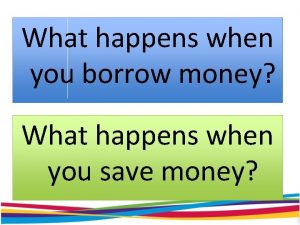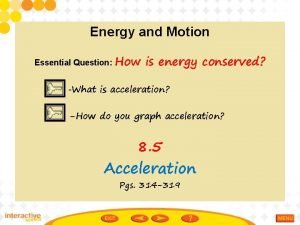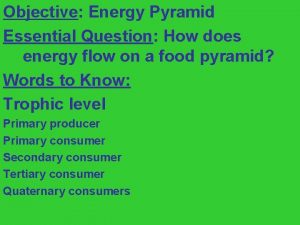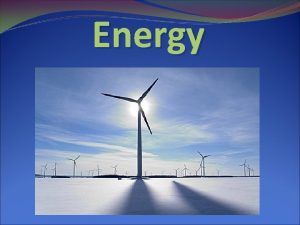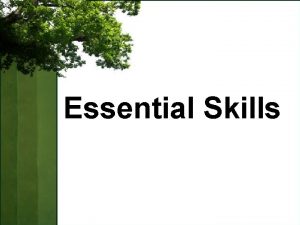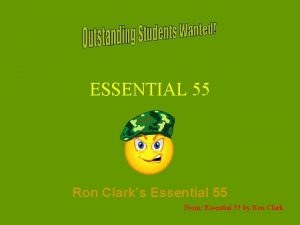Essential Question What happens to energy in a
































- Slides: 32

Essential Question What happens to energy in a food chain? 1

Energy Flow Through an Ecosystem Food Chains, Food Webs, Energy Pyramids 2

Why is the sun important? The sun is the main energy source for life on earth 3

What is sunlight for? • Chemical reaction where green plants use energy from the sun to build food molecules. • Food is built from water and carbon dioxide. 4

Who makes food? Organisms that can make food during photosynthesis are called PRODUCERS or AUTOTROPHS. 5

Food is Energy! • CELLULAR RESPIRATION is a chemical reaction that releases the energy stored in food. • Both Plants and Animals use cellular respiration to release energy. 6

Producers use most of the energy they capture for themselves. 7

Why do plants need energy? Plants: grow reproduce repair damage respond to the environment store food for the winter 8

The energy that is not used by producers can be passed on to organisms that cannot make their own energy. 9

Organisms that cannot make their own energy are called CONSUMERS or HETEROTROPHS. 10

Label your picture. Sun Energy Plant Producer Autotroph 11

Trophic Level 1 • Producer • Autotroph • Plant Producer Autotroph 12

Trophic Level 2 • Primary consumers • Are herbivores (plant-eaters) • Mouse eats the plant Mouse Primary Consumer Heterotroph Herbivore 13

Most of the energy the primary consumer gets from the producer is used by the primary consumer. 14

Some of the energy moves into the atmosphere as heat. 15

Some energy in the primary consumer is STORED & not lost to the atmosphere or used by the consumer itself. This energy is available for another consumer (predator). 16

Trophic Level 3 • Secondary consumer • May be a carnivore or a omnivore • Raccoon eats mouse or plant Raccoon Secondary Consumer Heterotroph Omnivore 17

Most of the energy the secondary consumer gets from the primary consumer is used by the secondary consumer. 18

Some of the energy is lost as heat, but some energy is stored and can passed on to another consumer. 19

Trophic Level 4 • Tertiary consumer • May be a carnivore or or a omnivore • Hawk eats Raccoon. Hawk Tertiary Consumer Heterotroph Carnivore 20

Food Chain Hawk Tertiary Consumer Heterotroph Carnivore Plant Producer Autotroph Mouse Primary Consumer Heterotroph Herbivore Raccoon Secondary Consumer Heterotroph Omnivore or Carnivore 21

Predators: Consumers that hunt & kill other consumers are called. Prey: The animals that are hunted & killed are called. Scavengers: Feed on dead animal and plant material 22

Food Chains Can Show Energy Transfer 23

What happens to energy stored by consumers? Used in life processes Lost as heat 10% stored and available to the next level 24

Another way of showing the available energy within each trophic level is through Ecological Pyramids 25

Three Types of Ecological Pyramids: • Energy Pyramid • Biomass Pyramid • Pyramid of Numbers 26

Energy Pyramids • Show the amount of energy available at each level. • The amount of available energy decreases for higher consumers. • It takes a large number of producers to support a small number of primary consumers 27

Energy Loss 28

Biomass Pyramid • Shows the total mass of organisms at each level, usually in grams. • Biomass: The total amount of living material within a trophic level. • Greatest mass is usually at the base of the Pyramid. 29

Pyramid of Numbers • Shows the number of individual organisms at each trophic level. 30

Numbers Pyramids of numbers are not always the same shape… 31

Essential Question What happens to energy in a food chain? 32
 Level 3 costas questions
Level 3 costas questions Plamatic acid
Plamatic acid Language
Language Formula hipotenusa triangle rectangle
Formula hipotenusa triangle rectangle Essential question generator
Essential question generator Pythagorean theorem essential questions
Pythagorean theorem essential questions Essential question for figurative language
Essential question for figurative language Essential question about identity
Essential question about identity Use context clues in figuring out the meaning
Use context clues in figuring out the meaning Cornell notes essential question
Cornell notes essential question Essential question definition
Essential question definition Essential question for multiplication
Essential question for multiplication Essential question gif
Essential question gif Essential questions for character traits
Essential questions for character traits The cornell way
The cornell way Essential group
Essential group What happens to kinetic energy
What happens to kinetic energy Energy energy transfer and general energy analysis
Energy energy transfer and general energy analysis Energy energy transfer and general energy analysis
Energy energy transfer and general energy analysis Present simple question words
Present simple question words Highly closed question
Highly closed question Contoh paraphrase
Contoh paraphrase Factor-relating
Factor-relating Indirect questions if whether
Indirect questions if whether Compelling question example
Compelling question example Example of a compelling question
Example of a compelling question Food pyramid questions
Food pyramid questions Properties of gas
Properties of gas Specific heat of sugar
Specific heat of sugar When light hits an object it can be
When light hits an object it can be What happens in the winter
What happens in the winter God of war winter spring summer autumn
God of war winter spring summer autumn What is weather brainpop
What is weather brainpop




